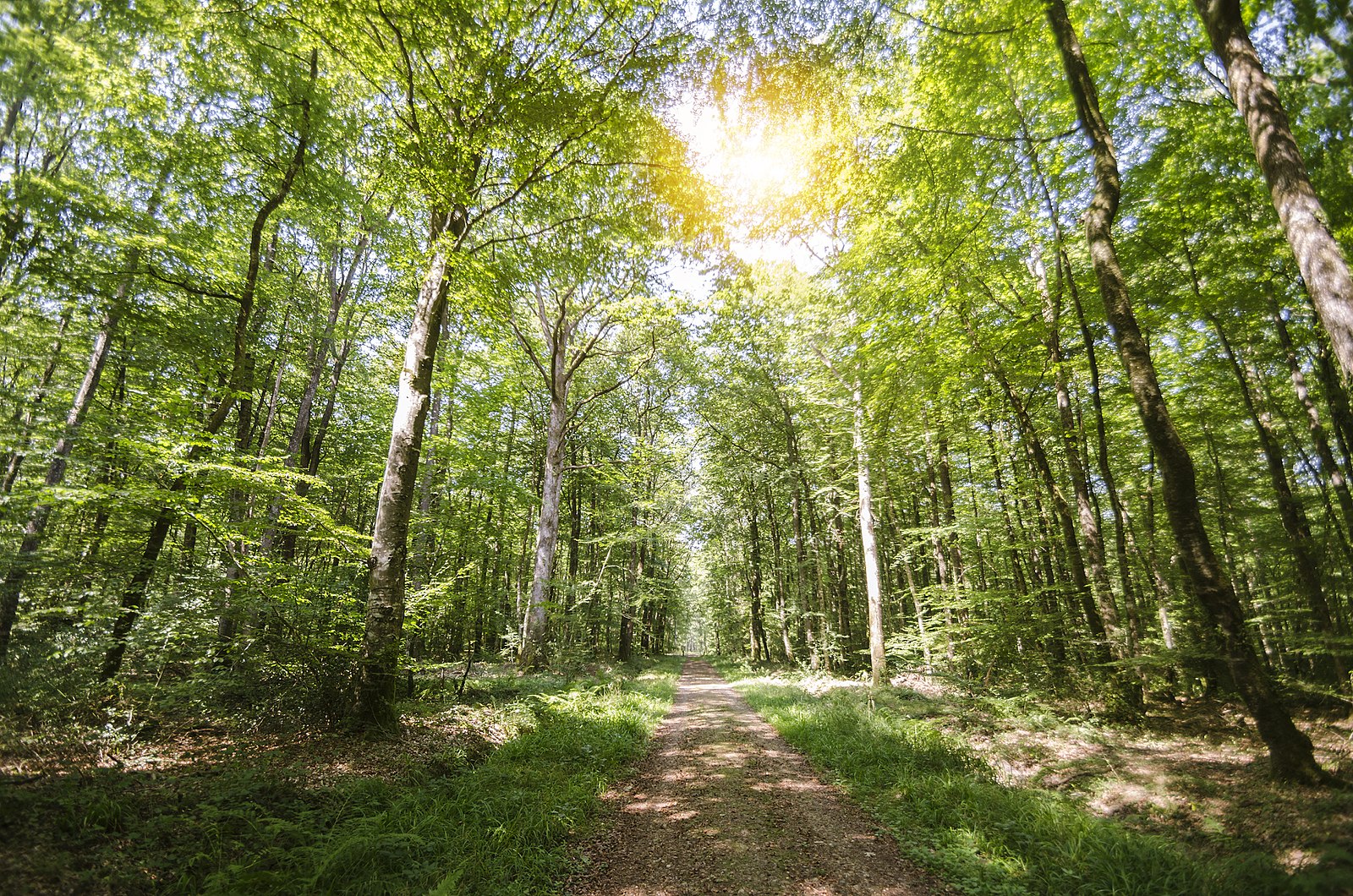
Yes, you read that right: we could have a forest as big as the United States of America. Trees are a gift that keeps on giving: they give us green spaces to hide out and relax in, whether you wanna have a picnic, smoke a joint, or have fun with your dogs. But most of all, they are the lungs that filter out carbon monoxide for us humans to inhabit this Planet. And it seems that perhaps Earth isn’t as crammed as we would assume.
New findings were published on Thursday in Science, and reported on by Gizmodo, show just how important a role they could play in climate mitigation efforts by calculating “Earth’s tree carrying capacity.” Right now there are estimated to be nearly 17 million square miles of forest cover on Earth, and there’s enough room to add another 3.5 million square miles of trees—a U.S.-sized chunk of land—to sequester even more carbon.
There’s just one slight wrinkle: Climate change could make life in certain parts of the globe inhospitable for some of those new trees, particularly in the tropics.
Yes, we might have messed up our Planet so badly that some parts of it have now become hostile to trees. And despite trees being nearly everywhere, figuring out just how much tree coverage the planet has is a pretty challenging task. The Food and Agriculture Organization defines forest as any area with more than 10 percent tree cover. And the best way to really see just how much tree cover’s out there is using satellite data, which is exactly what the study turned to.
Using the open access software Collect Earth to gather satellite imagery, the researchers pulled 78,774 satellite snapshots of forested area. They looked specifically at protected areas and places with limited human activity to avoid including city parks, farms, and other land uses that might only look like forests. They fed all that data as well as 10 other variables chronicling the climate and soil through a model to estimate current tree cover as well as areas where tree cover could be expanded. The results show an area of the world roughly equivalent to Russia, Canada, the U.S., and Australia—or nearly a third of all land area in the world—is covered in forest.
More than 12 million square miles of land could host more forest according to the study, but given that we need that land for crops and places to live, just 3.5 million square miles of that land is actually suitable for forest cover. As reported by Gizmodo, the research showed that the top four suggested places for reforestation are Russia, the U.S., Canada, and Australia, all developed countries and in the case of the first three, all home to a piece of the vast boreal forest that rings the northern tier of the world. Brazil and China are also on the list and together those six countries contain 50 percent of the area where forests could grow again.
The only caveat to this study remains that, as climate change continues, certain areas such as the Amazon rainforest become warmer and warmer, and therefore less hospitable to trees. But if there’s a silver lining, it’s that we know the solutions. The new study provides yet another incentive to start slashing carbon pollution now instead of later and keep the Earth’s tree carrying capacity on the up and up—and it shows where we could concentrate conservation efforts to max out the climate benefits.



Leave a Reply